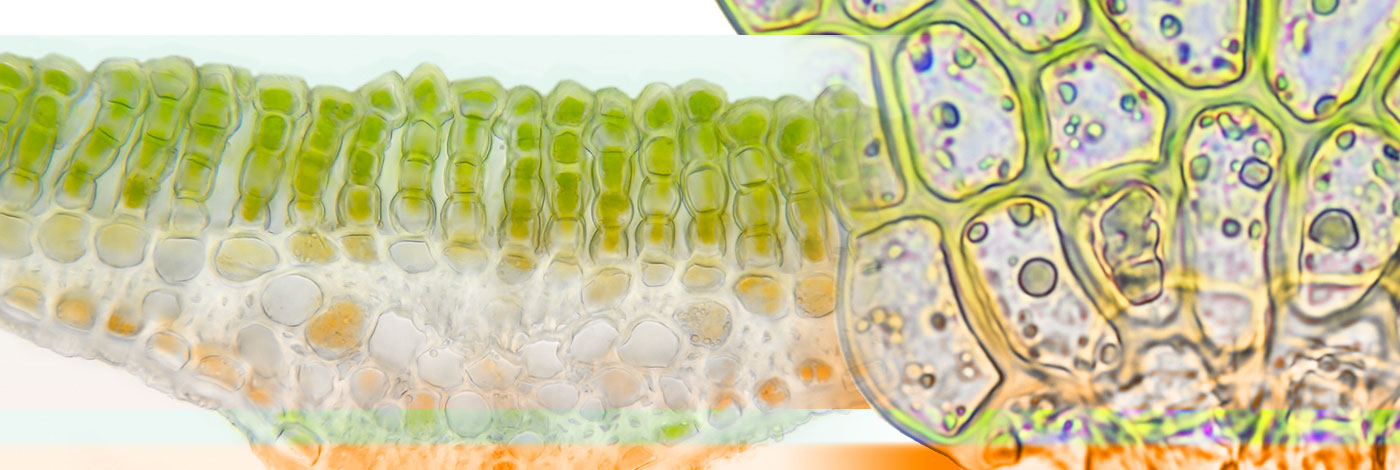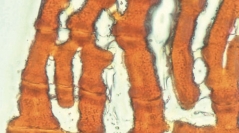

 Cryptogamie, Bryologie
40 (20) - Pages 259-269
Cryptogamie, Bryologie
40 (20) - Pages 259-269Cinclidotus confertus Lüth was described in 2002 from Greece and has to date only been recorded from the type locality. The taxon was supposed to differ from the widespread C. riparius (Host ex Brid.) Arn. in the red and papillose peristome teeth, as opposed to yellow and smooth peristome teeth of C. riparius. However, we found that the peristome of C. riparius was inconsistently described in the bryological literature, with some authors admitting reddish and papillose peristome teeth as well. To clarify the peristome characteristics of C. riparius and the taxonomic identity of C. confertus we studied both taxa morphologically and molecularly. Sporophyte characteristics of C. riparius are variable, but most specimens have red and papillose peristome teeth, and no other morphological difference could be found between plants assigned to C. confertus and C. riparius. The many erroneous or incomplete descriptions of the peristome characteristics of C. riparius may be related to the fact that in central Europe sporophytes are rarely produced and that the fragile peristome easily erodes. Furthermore, the phylogenetic analysis of chloroplast rps4 and nuclear ITS2 loci failed to segregate specimens assigned to C. riparius from those assigned to C. confertus, including material from the type locality and further newly discovered localities of the latter taxon. Consequently, we propose the synonymy of both taxa.
Aquatic mosses, ITS2, Pottiaceae, rps4, Europe, Greece, new synonym.